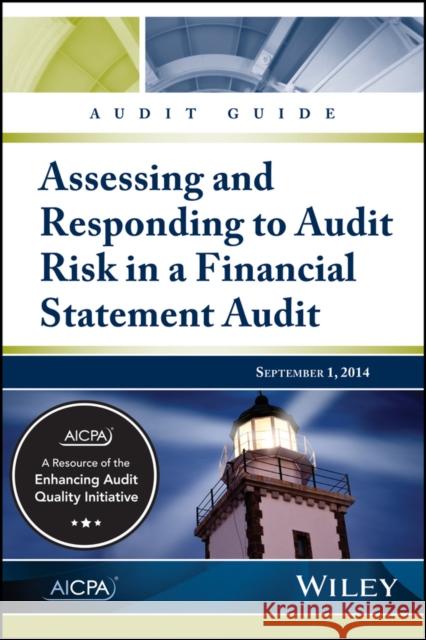Audit Guide: Assessing & Responding to Audit Risk in a Financial Statement Audit » książka
topmenu
Audit Guide: Assessing & Responding to Audit Risk in a Financial Statement Audit
ISBN-13: 9781941651339 / Angielski / Miękka / 2016 / 576 str.
Want to ensure effective and efficient execution of the Risk Assessment Standards? AICPA has the resources you need:
- Audit Risk Assessment Tool (available online only)
- Assessing and Responding to Audit Risk in a Financial Statement Audit - AICPA Audit Guide











